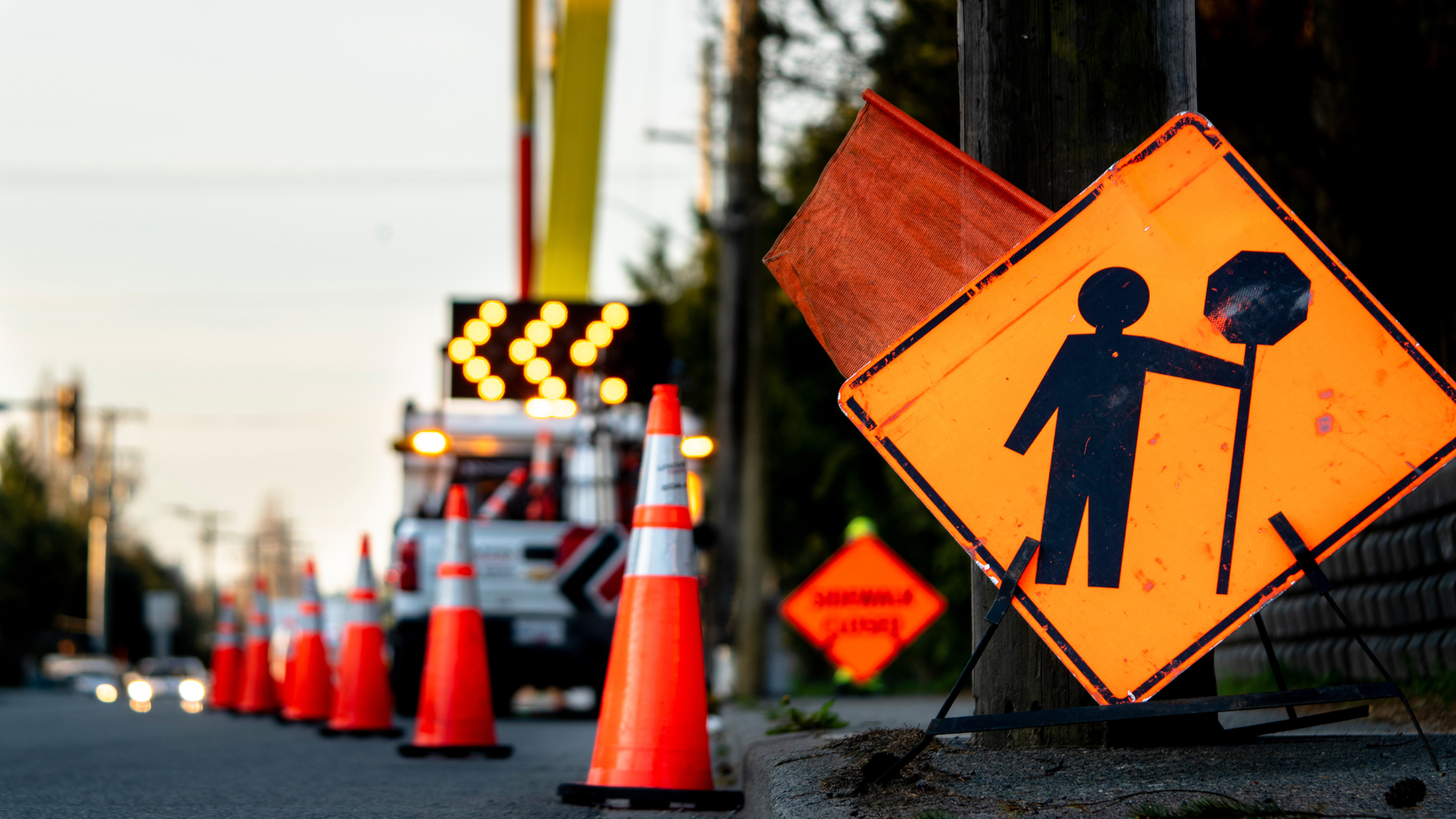Whenever someone sets up a work zone in an area that intersects with a public road, it’s crucial to ensure the traffic passing through that area can do so safely and without incident.
Doing so requires creating a plan for temporarily altering and controlling the flow of traffic through that area. This way, anyone using that road, such as drivers, bicycle riders, and pedestrians, stay safe and further doesn’t jeopardize the safety of road workers. Here’s what goes into a temporary traffic control plan template.
What Every Temporary Traffic Control Plan Template Needs
Because of the dangers posed to drivers and road workers, every temporary traffic control plan template needs certain elements to ensure everyone stays safe. These elements are carefully documented, with their locations annotated on a road map of the area where the work is to take place.
- Advance warning: motorists must be warned sufficiently in advance that they are about to approach a work area that will alter their driving patterns. This is primarily accomplished through the use of either static or electronic road signs. These signs should specify how far ahead the new traffic pattern begins at a minimum of 300 to 500 feet for residential roads and even farther for highways.
- Vehicle separation: Entrances and exits to the worksite for vehicles must be kept separate from those for pedestrians. This includes not just workers but visitors as well. Systems must be put in place to keep vehicles safely away from pedestrians through the use of physical barriers and safety zones. This is accomplished by using temporary barriers to taper driving lanes to direct traffic away from active work areas.
- Pedestrian routing: Any and all pedestrian routes created must be separated from vehicles at all times. This includes safe routes for visits to the site office and other related facilities. All walkways must be marked and maintained clearly and consistently.
- Vehicle routing: Loading zones must be clearly marked, and there must be sufficient parking for necessary work vehicles. Traffic directions must be clearly marked and visible, road conditions must be sufficient for the traffic passing over them, and vehicle routes must be kept clear of all obstructions.
- Worker PPE: All workers must be equipped with proper personal protective equipment (PPE). This most often includes high-visibility gear to ensure they are easily spotted by drivers in all road conditions. Other types of PPE, such as hard hats, eye, and ear protection, work gloves, etc., are required on a situational basis.
- Worker training: All workers must also be trained properly in proper safety procedures. This section covers not just the workers tasked with doing the repair or construction work but also those who are responsible for traffic control measures – i.e. directing the flow of traffic and arresting it temporarily when necessary.
